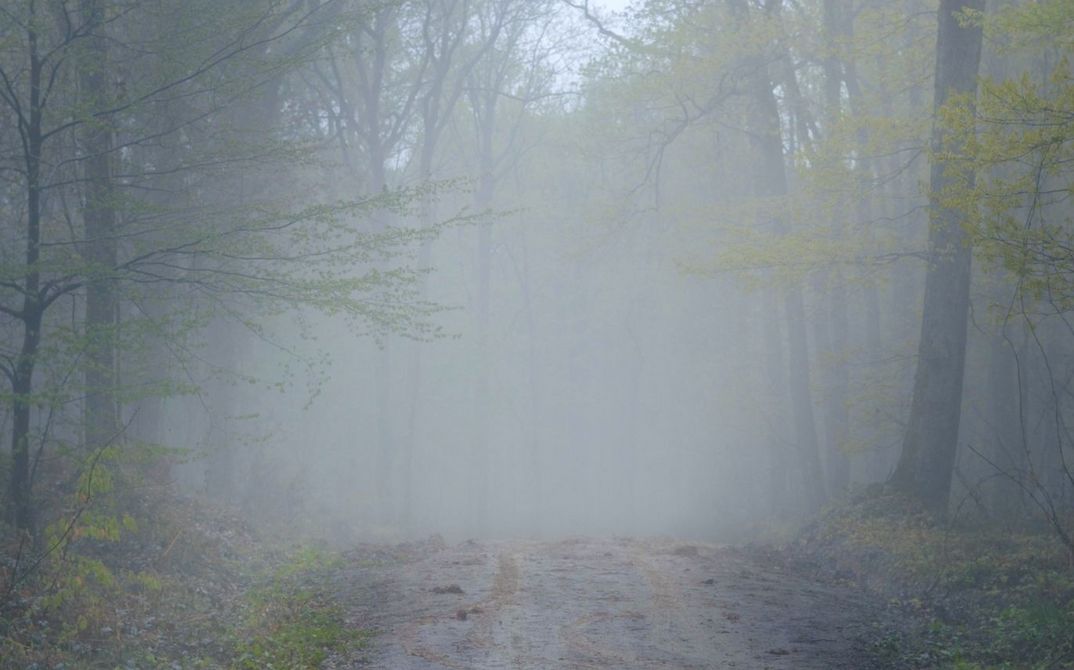"The separation of sound from image is an important cinematographic idea," says Deleuze. He then gives an example from one of Straub-Huillet’s films. For the eyes which see it, a plain is just an empty space. But when a voice from above describes the dead lying beneath the plain, the meaning of the landscape changes dramatically.
I didn't understand Deleuze at the time, and I had never seen a Straub-Huillet film. I was in my first year of university. I was wondering what a cinematographic idea even was.
On June 8, 2013, in the middle of the Taksim Gezi Park Protests, I took my camera and visited the barricades. On Gümüşsuyu Slope, where the paving stones had been removed the previous night and carried from hand to hand, a 20-year-old Burak was thinking for the first time in his life about what it means to resist. Today, 10 years later, I realise that thinking about resistance as barricades are built and thinking about cinema while walking around with a camera and sound recorder are similar practices.
On June 8, 2013, that footage of the barricades and the sounds of the protests were fragmented and reassembled much like how the stones had been repurposed, resulting in an eight-minute video. This video revealed a quest that would later form the basis of my filmography: the intersection or separation of an image and a sound. In my films, the sound sometimes rises to the sky, sometimes goes underground, sometimes surrenders itself to silence. But it is always there, searching for a cinematic idea, to merge with, to rupture.
Burak Çevik was born in Istanbul, Turkey in 1993 and studied film and television at the Istanbul Bilgi University. His debut film TUZDAN KAIDE (2018), his second film AIDIYET (2019) and his third film UNUTMA BIÇIMLERI (Forms of Forgetting) were presented at the Berlinale Forum.
